” When the body is awake the soul is its servant, and is never her own mistress. … But when the body is at rest, the soul, being set in motion and awake … has cognizance of all things-sees what is visible, hears what is audible, walks, touches, feels pain, ponders”- Hippocrates, Dreams
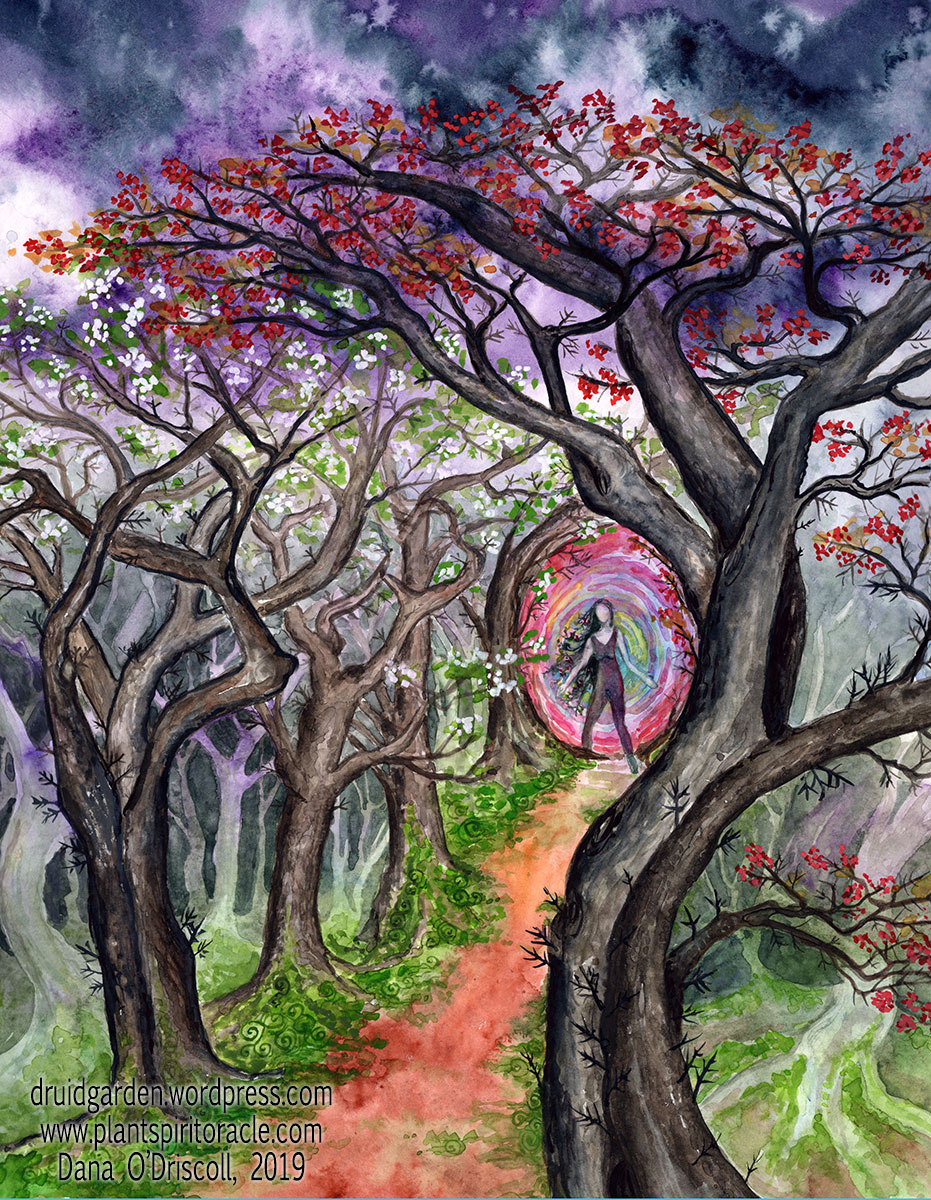
Dreams are a critical part of what it means to be human–every night, we dream. We may not remember our dreams. Our dreams may be fun, terrifying, illuminating, or simply mundane. There is magic in dreaming, and magic in our dreams. This magic of dreaming is particularly useful to consider at this time of year, at the Winter Solstice, when the darkness is all-consuming, the sun lays so low on the horizon, not even seeming to be able to bring power and light to the world. This is the time of dreams and of the night. In today’s post, in honor of the coming winter solstice, I consider the role of dreaming and I share some dreaming techniques that you can use to deepen your relationship and attention to your dreams this time of year.
In the last few years, at the Winter Solstice, I’ve spent some time exploring the darkness, dreams, and the spaces of the night. Two years ago, I wrote about embracing the darkness and experiencing candlelight living. Last year, I explored how nature offers us suggestions for embracing the darkness through the quiet of the seeds and lessons of nature. This year, we’ll explore the human realms and think about how the darkness may encourage our souls and spirits to dream and to travel beyond our physical bodies, gain messages, and gain a deeper connection with ourselves and spirit. The solstice, here in Western PA, gives us 14.5 hours of darkness–plenty of time for deep dreaming and dreamwork. In the first part of this post, I’ll explore different ways that humanity has considered the role of dreams and dreamwork, and then in the second half of this post, I’ll share some techniques to help explore dreaming more fully.
Dreaming in the West: Subconscious and Psyche
In Western Culture, at least here in the US, dreams are not really given much importance, and certainly, they are considered free from mystical qualities. Modern psychologists, including those who study dreaming, see dreams only as a way for the subconscious to process our experiences. A good example of this kind of thinking is found in “Dreamtime and Dreamwork: Decoding the Language of the Night” by Stephen Krippner and colleagues from 1990. This work is a useful perspective on how psychologists view dreaming and how dreams interact with layers of the psyche. Going back further, Carl Jung recognized that humans have a psyche (a combination of the mind, the body, and feelings) and that dreams were one way in which the psyche communicated to us. He writes:
“Dreams are impartial, spontaneous products of the unconscious psyche, outside the control of the will. They are pure nature; they show us the unvarnished, natural truth, and are therefore fitted, as nothing else is, to give us back an attitude that accords with our basic human nature when our consciousness has strayed too far from its foundations and run into an impasse.” –Carl Jung, Collected Works Volume 10, paragraph 317
Thus, within the realms of the west, dreams are mostly considered manifestations of our own psyche or subconscious. We also have plenty of expressions to show how unimportant dreams seem to be with phrases like “only in your dreams”. While there is certainly validity in the Western Perspective, it lacks any connection to spirit beyond us. As a druid and an animist, I know there is much more going on than just my psyche speaking to me.
Ancient and Indigenous Understanding of Dreams
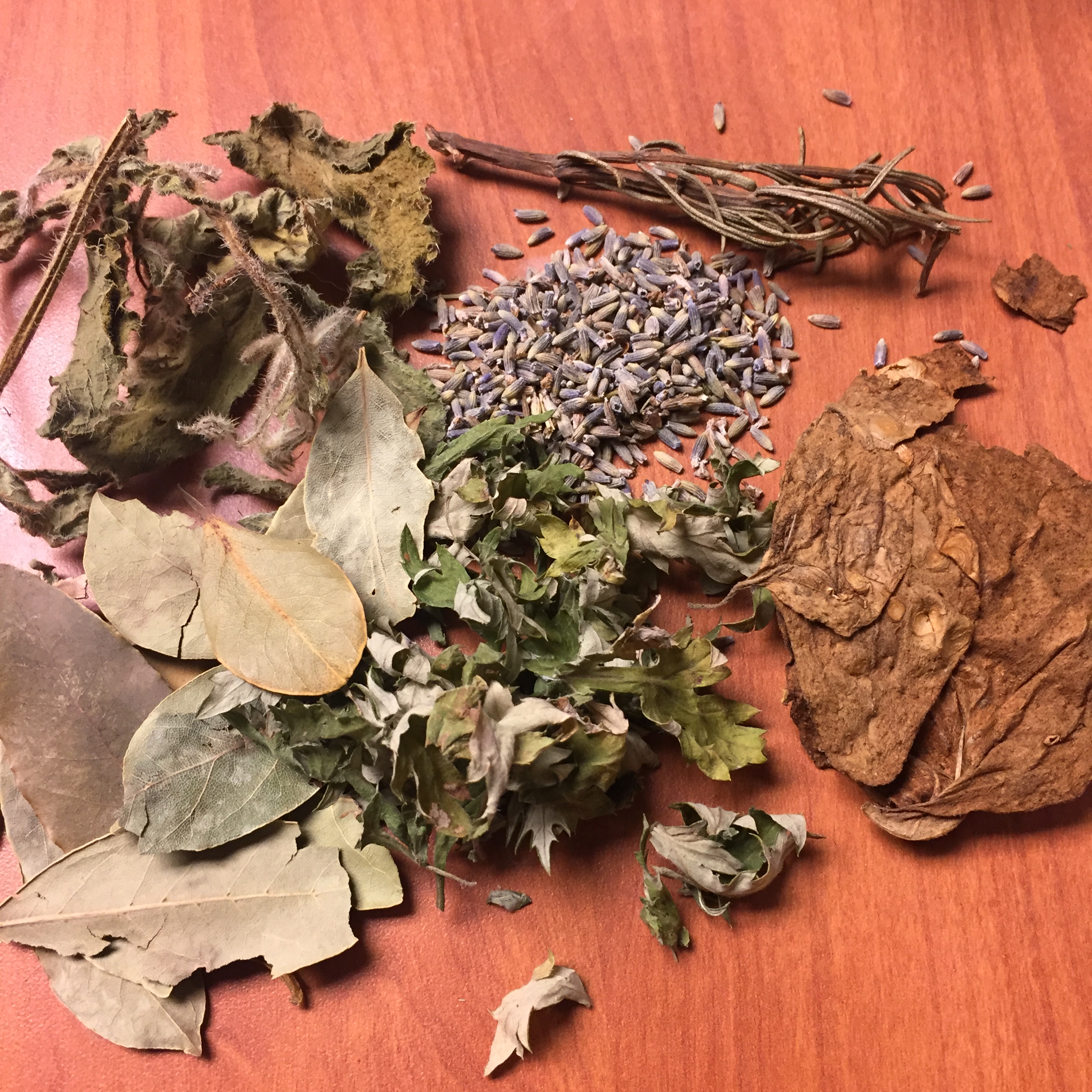
We might look to indigenous wisdom for an understanding of how non-industrialized cultures view dreaming. In many native cultures, dreaming is a way to connect with spirits (ancestors, deities, etc) and hear messages and to travel in a different world, a world that is just as real as our own. In the book, Black Elk Speaks, much of the teachings that Black Elk conveys to his people were passed to him through his dreams. Dreaming was important to all of the Ogala Sioux people. As Black Elk shares about Crazy Horse, ““Crazy Horse dreamed and went into the world where there is nothing but the spirits of all things. That is the real world that is behind this one, and everything we see here is something like a shadow from that one.”
The Aboriginal Austrailian Dreamtime is one of their most important concepts, the essence of who they are as people. As described by Clanchy (1994), the Dreamtime dates back at least 65,000 years and part of it includes stories of how the universe was created, how humans were created, and what their purpose was, but also that the dreamtime continues eternally and is both past, present, and future. The Dreamtime is also the land that they inhabit, the spirit of the place. Dreams that individuals themselves have functioned within this culture in a variety of ways, including “dreams of passage” (den Boer, 2012) where individuals have powerful dreams surrounding various rites of passage (deaths, births, marriages, etc).
We can see dreams at work in various ways with the cultures that influenced modern Druidry, including the Welsh. In the Mabinogion, The Dream of Rhonabwy, where Rhonabwy dreams for three days, visiting the time of King Arthur, engaging in battles, and playing chess. The Irish believed and closely linked dreams and omen. Ettlinger (1946), drawing upon a variety of ancient sources, notes that dreams to the Ancient Irish were considered divinatory, visionary, and healing. She notes a number of different ancient Irish stories where prophetic dreams lead kings to avoid conflict or seek it out, and they often sought out advice to interpret their dreams.
The ancient Egyptians, and later, Romans, Greeks, and Jews created “sleep temples” where people would go, rest, be hypnotized, dream, and have their dreams analyzed. These temples often helped people with more psychological ailments, recognizing the importance of dreams and sleeping to well being.
While I could present much more information here, what is presented is hopefully sufficient to demonstrate that for many pre-industrial and indigenous cultures, dreams have incredible power: they can offer us messages, connect us with our ancestors, connect us with spirits of the land or landscape, offer us augury or predict things to be, and help us connect deeply with ourselves. While the psychic interpretation of the west is certainly *part of* dreaming, dreaming can also connect us to the metaphysical aspects of the world and spirit well beyond our own minds.
Dreaming the Winter Solstice: Some Dreaming Techniques
If you are going to start doing dreamwork, or pursue it at a more serious level, the Winter Solstice is the best time to begin this work–this is when night has the power, the darkness is in the landscape, and dreams have power. The deep darkness is a place of dreams, a place of spirit. Our conscious and controlling selves meld into a dream where we are simply along for the experience that is more than us and yet, intimate with us. While we dream every night, there are a variety of tools to help us dream deeply, more powerfully, and with practice, more intentionally. I’m going to outline a few of those practices now as a way to get started.
Herbal Allies for Dreaming
In what grows here in North America, Mugwort is the clear choice for dreaming. Mugwort helps us dream powerfully and intensely, and can be useful for those who have difficulty remembering their dreams and also those who want to work on more intentional dreaming. Mugwort, fresh or dried, can be made into a tea (don’t brew it too long or it will get very bitter), and is usually quite good when sweetened with some honey. Mugwort can also be put in a smoking blend or smoked on its own. You can make a dreaming oil with mugwort (and possibly other herbs like rosemary, borage, or lavender) and rub it on your temples and heart before bedtime. Finally, you can make wonderful mugwort smoke sticks (smudges) either with mugwort alone or with other herbs like sage, cedar, or rosemary. Any kind of interaction with mugwort can put you in a place of intense dreaming–for that’s what she does–create intense dreams!
Other herbs that help with dreaming are those that calm the mind and body. Many use Valerian or Hops as aids to fall asleep more readily and stay asleep. These kinds of herbs can help put us in a ready state for sleep.
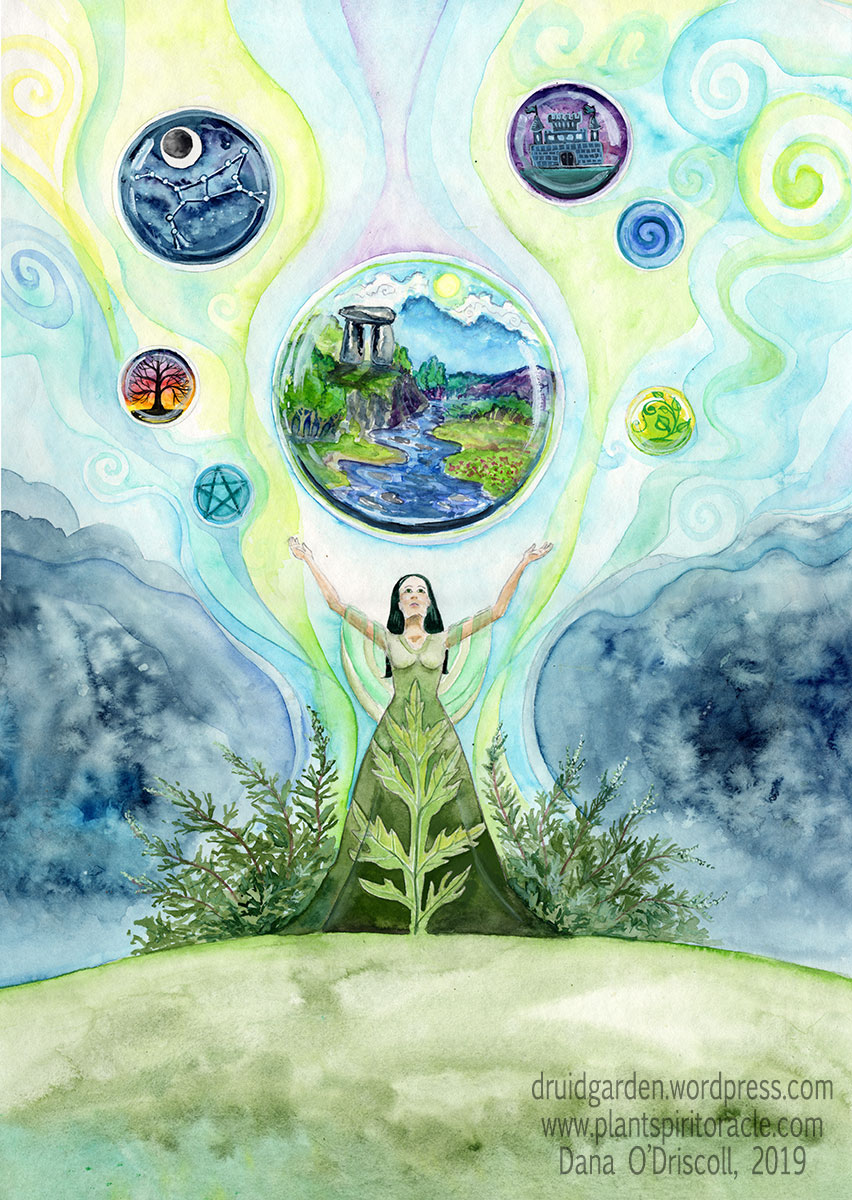
Grove Sleep (Temple Sleep)
A technique that I use often is derived from the Ancient Egyptian “Sleep temples” above. The goal of this is to create a sacred grove (ritual space) that allows me to experience dreaming in a more intentional and sacred way. I recommend this practice when you can sleep in and you don’t have any pressing things on your agenda either before bed or when you wake up. The presence of a significant other can complicate this practice (or, if your significant other has a spiritual practice, you might do it together).
What I do is just before bed, brew up some mugwort tea and place my dream journal by my bedside. Then, I turn out the lights and leave a single candle burning. I open up a sacred grove (using the AODA‘s solitary grove opening) in my bedroom. After I have the sacred grove open, I engage in some mind quieting and meditation techniques, lying in bed. These vary, depending on what I need and where my mind is. If my mind is racing, for example, I might engage in some empty mind meditation. If my mind is already calm, I might use some discursive meditation to help prime me for dreaming (both of these techniques are described here). I attend to my breathing. I fall asleep. Usually, using this technique, the most memorable and potent dreams come in the few hours before I wake up, but this is not always the case.
When I wake, I write down anything of meaning in my dreams (including when I wake in the middle of the night). Then I fall back asleep and keep dreaming. In the morning, before I do anything else, I write down the remaining notes on my dreams and then close out the sacred grove and go about my day.
I don’t obviously do this every evening (that would be a lot!) but I do it often enough that it has become a regular spiritual practice of mine. Attending to dreams in this intentional way has made my dreams not only more meaningful but has given me more control over them as well as more chance of remembering them. I started this practice some years ago, at the Winter Solstice, and it has become a welcome addition to my spiritual path.
Dream Journaling
A final dream technique I highly recommend is keeping a dream journal. I have found that it is helpful to write down at least meaningful dreams, if not all dreams. I kept a daily dream journal for a year, and since then, usually, write in my dream journal at least once a week. I keep it by my bed so that I can wake up and immediately write. If you think you will remember your dream later, I’m sure experience tells you that writing it down immediately after waking is the best way. If you don’t have a dream journal handy and you have a powerful dream, just hit the record button on your phone or keep a little voice recorder (that is often easier than writing and turning on the light). The important thing here is to help you remember your dreams and then, you can return to them as time passes.
Conclusion
Thus, at the Solstice, you can walk in the landscape of the dreamscape and see what comes. See who you meet, what spirit tells you, what your own subconscious tells you, and enjoy this dream journey! I would love to hear from my readers about your own experiences with sacred dreaming and the techniques you have developed!
PS: I will be taking several weeks of a hiatus from regular blogging for spending holiday time with my family, holiday travel, and rest. I will return to blogging in early to mid-January. Have a wonderful Winter Solstice / Alban Arthan / Holiday season, everyone!
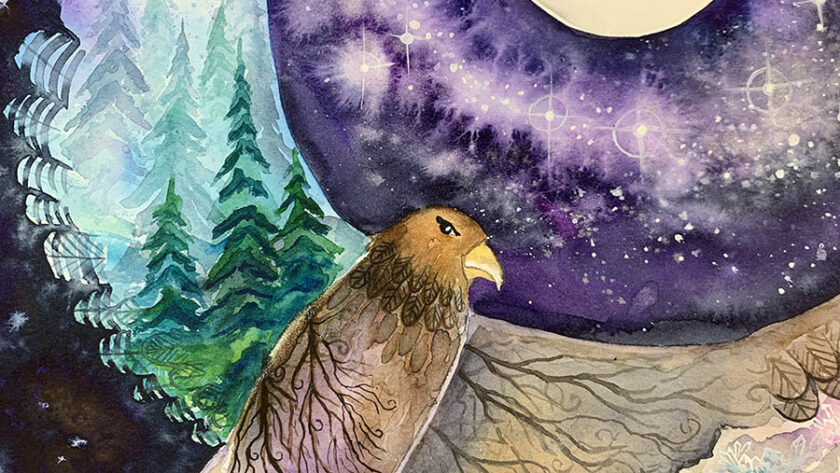
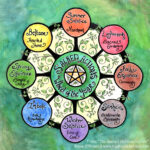


Reblogged this on Paths I Walk.
Reblogged this on Blue Dragon Journal.
Sweet dreaming and Happy Holidays Dana
You too, Patrick!
Reblogged this on Rattiesforeverworldpresscom.
Have nice holidays 🙂 I admit that dreams terrify me, I generally see bad omens in them and dreaming of people who are died makes me very anxious. A whole period after the diagnosis of my illness I dared not sleep because my dreams really scared me. Even today some of my dreams haunt me for several weeks. Sometimes I have the same dream for several days in a row. Other nights, I start a dream; I wake up several times during the night and each time I go back to sleep I fall back into the same dream to continue it.
Reblogged this on Good Witches Homestead.
Reblogged this on The Radio Demon and commented:
A wonderful time for dreamwork and shadow work, the Solstice is the time when the night and the cold reign. For me, I tend to walk the Unseelie court and pay homage to the Winter Queen and Holly Lord. What are some of you doing for Yule this year?
Thanks for the reblog, Blaise!
Always!! A merry Winter Solstice to you and yours!
Hello, Dana! I’ve been enjoying your blog for some time now, and really appreciated this post. Those Plant Oracle cards are breath-taking.
This will be the first Alban Arthuan I’ve experienced as a practicing Golden Dawnie and Geomancer, and I was looking for ways to improve my dreamtime and its revelations. Just had one the other night about the Grand Mutation coming this time next year, and it was pretty intense. Got its own meditation session. Probably portends some serious work to do over the next year, and I hope I can put some of your techniques to good use! Have a blessed and restorative hiatus from the blogosphere!
Tripp, in the North Georgia Mountains
Hello Tripp, thanks for reading and for your kind words. Magical practices certainly allow us to see our dreams in new and powerful ways. Opening up ourselves to subconscious understandings, whether that is through pathworkings, rituals, or dreams, helps us understand ourselves and the world around us and enact change in the world. Blessings of the winter solstice!
Thank you for the blessings, Archdruid of Water! Yours is an especially bright gift this time of year.
Tripp
Reblogged this on The Tie Dyed Hippie Shaman.
Thanks for the reblog! (Love the name of your Blog, by the way!)
The dream temple practice you mention is interesting to me as a psychoanalyst. It is a little known fact that patients often fall asleep on the couch in treatment. (Usually for about 10-20 minutes.) When they wake, they almost always have a fresh dream to report.
That’s really interesting! Do the dreams offer them any insights? I would think they would!
Solstice dreamtime,is just what I was needing to read.I had a wonderful meeting with my deceased daughter last night..I have not met her in dream for so many years now.Last night I was so happy to see her,I hugged and kissed her as mothers do.I wondered if the herbal cream that I make had something to do with it.Thank you for the knowledge about Mugwort.I will be making a more definite
Dream Cream with this knowledge of the blessing of dreams in mind.I have been using 10 herbs for pain and inflammation but have noticed other people reporting dreams as well.One said she experienced horrifying dreams of dark beings attacking her.She does not know how to protect herself.i will make more of an effort to guard this cream with proper energy.I am new to this site and will be following as I am anxious to learn all that I can.I have always dreamed my whole life.Remembering has been enhanced with the herbs.Thank you for sharing.I live in an ancient burial site of native land.It is very special.I will be exploring more actively.
Hi Barbara,
Thank you for sharing. What a powerful story of your dream and your daughter! Thanks for sharing about the dream cream–I like that and find it useful for protection. A few other people who have read this post have commented here and on Facebook about how to avoid nightmares and dark dreams, and this is a good suggestion.
Wonderful writing.Happy Solstice
Thank you! Happy solstice to you as well.
Can the Plant Spirit deck still be purchased via the Indiegogo campaign (I notice it’s received about $1000 after November 2) or do we need to wait now until it appears on the website and/or Etsy?
Yep, until it is available, you can purchase it through the Indegogo as a preorder :).
thank you for the blog, I use a small ounce of dried mugwort , in a small cloth bag, put on or under my pillow and find it works well
Yes, that is a great way to use mugwort! Thank you for sharing.
what if you have to take medication to block dream recall due to severe PTSD? I went through an extremely traumatic event when I was 19, and have suffered horrible night terrors ever since. I’ve been wondering about this for a while now.
This is a really good question. I can only respond from personal experience. Starting when I was a teenager, I also suffered from PDSD and nightmares/night terrors. I didn’t look forward to bed and didn’t want to ream. I suffered with them for a number of years, and after a lot of counseling and healing, they eventually went away. It took about a decade, honestly, and then a few more years of realizing they were gone to get to the point where dreamwork was opened up to me. It sounds like this kind of work may not be good for you now–but it may be at a later point in the future. Blessings!
This means so much to us. Good use of mugwork